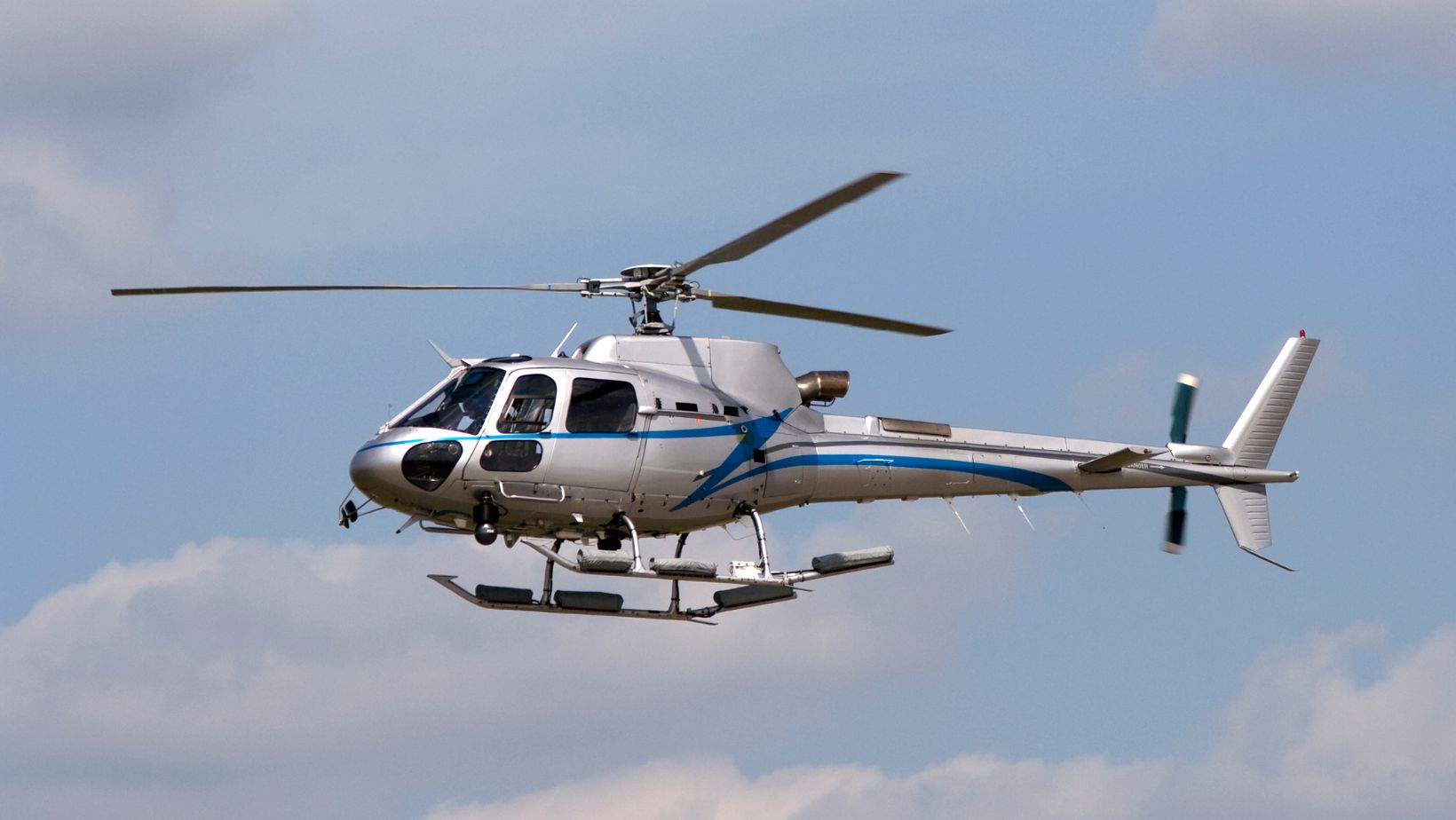
You’ve seen the photos: the jagged Himalayan skyline, prayer flags fluttering in the wind, and that iconic sign at Everest Base Camp. Now you’re planning your own Everest journey—but you’re stuck between two epic options. Should you trek to Everest Base Camp and fly back by helicopter, or take Everest Base Camp helicopter tour
This isn’t just a question of preference—it’s a decision that affects your time, budget, physical effort, and the depth of your experience. The Everest Base Camp trek with helicopter return offers a balance of adventure and convenience, while the full Everest helicopter tour delivers jaw-dropping aerial views without the days-long hike. Each has its advantages, but which one is right for you?
This post breaks down the differences between the Everest Base Camp trek with helicopter return and the Everest Base Camp helicopter tour, helping you understand what to expect from each and how to choose based on your goals, fitness level, and travel style. Whether you’re chasing breathtaking views, immersive adventure, or a fast-track to Everest, we’ll guide you to the right choice.
What Is the Everest Base Camp Trek with Helicopter Return?
The Everest Base Camp trek with helicopter return is a popular option for trekkers seeking both challenge and comfort.
You begin with a classic trek through the Khumbu region, passing iconic spots like Namche Bazaar, Tengboche Monastery, and Lobuche.
Once you reach Everest Base Camp—or sometimes Gorak Shep—you board a helicopter for a scenic return to Kathmandu.
Why Trekkers Choose This Option
This hybrid itinerary is perfect for travelers who want:
- A physical and emotional sense of achievement
- Time savings on the return journey
- A safe and comfortable descent without the need to retrace the trail
What the Trek Involves
- 8–10 days of trekking, including acclimatization days
- Nights spent in teahouses along the route
- Gradual altitude gain, helping minimize the risk of Acute Mountain Sickness (AMS)
Local guides and Sherpas often suggest a rest day in Namche and Dingboche to help your body adjust. Climbing experts recommend staying hydrated and moving slowly above 3,000 meters.
The return helicopter flight offers unmatched aerial views of Everest, Lhotse, and Ama Dablam. It’s also ideal for those who want a thrilling end to their trek.
Expert Insight: Best of Both Worlds
From a trekker’s perspective, this option blends physical effort with luxury. You still earn your Everest Base Camp moment on foot, but avoid the mentally draining return walk.
Helicopter flights typically take 1–1.5 hours, compared to 3–4 days of descent. That’s valuable time saved for many.
When to Go
Spring (March to May) and autumn (late September to November) offer the best weather. Clear skies mean safer flights and better mountain views.
In short, the Everest Base Camp trek with helicopter return is for adventurers who want the classic Himalayan experience without the full time commitment of a round-trip trek.
What Is the Everest Base Camp Helicopter Tour?
The Everest Base Camp helicopter tour is the fastest way to experience the grandeur of Everest in just a few hours.
You don’t need to trek or spend days adjusting to high altitude. Instead, you’ll fly straight from Kathmandu to the heart of the Himalayas.
What the Tour Includes
Most helicopter tours:
- Depart early morning from Kathmandu
- Fly over Lukla, Namche Bazaar, and the Khumbu Glacier
- Land briefly at Everest View Hotel for panoramic views
- Include breakfast at Hotel Everest View (optional upgrade)
The entire tour typically lasts 4 to 5 hours door to door.
Why Travelers Choose the Helicopter Tour
This tour is ideal for those who:
- Have limited time in Nepal
- Want to avoid physical strain from trekking
- Are traveling with children, seniors, or mobility limitations
It also suits luxury travelers seeking a once-in-a-lifetime experience with minimal effort.
Even though you’re not hiking, you still reach altitudes above 5,000 meters.
Helicopter pilots limit ground time at Kalapatthar to about 10 minutes to reduce the risk of altitude sickness.
No acclimatization is needed, but staying hydrated and avoiding alcohol beforehand helps.
Sherpa pilots and crew are trained in high-altitude aviation, making safety a top priority. Flights are subject to weather conditions, especially in winter.
Scenic Value and Photo Opportunities
Expect unparalleled views of:
- Mount Everest
- Lhotse and Nuptse
- Khumbu Icefall and Ama Dablam
Photography from the air is stunning, especially in clear morning light.
Most Season for Helicopter Tours
Clear skies in spring (March–May) and autumn (September–November) make these months ideal.
During monsoon (June–August), flights are rare due to cloud cover.
In summary, the Everest Base Camp helicopter tour offers breathtaking sights and ultimate comfort—perfect for travelers who want high adventure without the hike.
Key Differences: Everest Trek with Helicopter Return vs. EBC Helicopter Tour
Choosing between the Everest trek with helicopter return and the EBC helicopter tour comes down to your priorities.
Both offer spectacular views, but they’re very different in experience, effort, and logistics.
1. Duration and Effort
- Trek with helicopter return: Takes around 10–12 days including acclimatization
- EBC helicopter tour: Takes just 4–5 hours total
Trekking requires moderate fitness and stamina. You’ll walk 5–6 hours daily at high altitude.
The helicopter tour is effortless but includes quick exposure to 5,000m+ elevation.
2. Experience and Immersion
The trek offers cultural interaction with Sherpas, overnight stays in teahouses, and gradual exposure to mountain life.
In contrast, the helicopter tour is visually stunning but lacks physical engagement or cultural immersion.
3. Cost and Value
- Trek with helicopter return: Higher due to trek logistics, guides, porters, and helicopter ride
- Helicopter tour: Expensive per hour, but lower total cost than a trek + heli combo
Prices vary by group size, season, and operator. Sharing a helicopter lowers the cost significantly.
4. Altitude and Safety
Trekking allows proper acclimatization and reduces AMS risk.

The helicopter tour goes from 1,400m (Kathmandu) to 5,000m+ within hours. Most tours limit ground time to 10–15 minutes.
5. Who It’s Best For
- Trek + heli return: Best for trekkers with moderate fitness who want a full trail experience
- Helicopter tour: Ideal for those short on time or unable to trek
If you crave the emotional journey of walking to Everest, go for the trek with a helicopter return.
If you want views without the hike, the EBC helicopter tour delivers a jaw-dropping experience in half a day.
Safety, Acclimatization, and Risk Factors
Altitude is one of the most significant risks in the Everest region—whether you’re trekking or taking a helicopter tour.
Trekking: Acclimatization and AMS Prevention
Trekking to Everest Base Camp gives your body time to adjust gradually. This is key to avoiding Acute Mountain Sickness (AMS).

Most itineraries include acclimatization days in Namche Bazaar and Dingboche. Sherpa guides strongly recommend these rest stops.
To minimize risk of AMS during the trek:
- Ascend slowly, especially after 3,000 meters
- Stay well-hydrated (3–4 liters of fluid daily)
- Avoid alcohol and smoking during the ascent
- Listen to your body and report symptoms early
Common symptoms of AMS include headache, nausea, dizziness, and fatigue. If symptoms worsen, descending is the safest option.
According to the Himalayan Rescue Association, AMS affects about 30–40% of trekkers above 3,500 meters.
Helicopter Tours: Quick Altitude Exposure
Helicopter passengers are exposed to high altitude much faster—going from 1,400m (Kathmandu) to over 5,000m in one flight.
Because of this rapid gain, pilots limit ground time at Kalapatthar or Base Camp to 10–15 minutes max.
Even short exposure can trigger symptoms in some people, especially if dehydrated or sleep-deprived.
Tips for helicopter passengers:
- Drink plenty of water before the flight
- Avoid caffeine and alcohol the day before
- Eat a light meal to stabilize energy
Emergency Preparedness
Trekking groups are typically equipped with oximeters, first aid kits, and access to evacuation plans.
In case of altitude sickness or injury, helicopters can evacuate trekkers from any village with a helipad.
Travel insurance that covers high-altitude trekking and helicopter rescue is essential.
Final Thoughts
Both the Everest Base Camp trek with helicopter return and the ebv helicopter tour offer unforgettable experiences—just in very different ways.
If you dream of walking in the footsteps of mountaineers and immersing yourself in Sherpa culture, the trek is for you. If you’re short on time or want high-altitude thrills without the climb, the helicopter tour delivers.
Whichever path you choose, the Himalayas will leave you breathless—either from the views or the altitude!
Still undecided? Drop your questions in the comments or reach out to a local trekking company for advice tailored to your needs.
And if you’ve done either adventure, share your experience—we’d love to hear what made it special for you.
Ready to take the next step? Explore our detailed itineraries or book your spot now for the Himalayan journey of a lifetime.


















